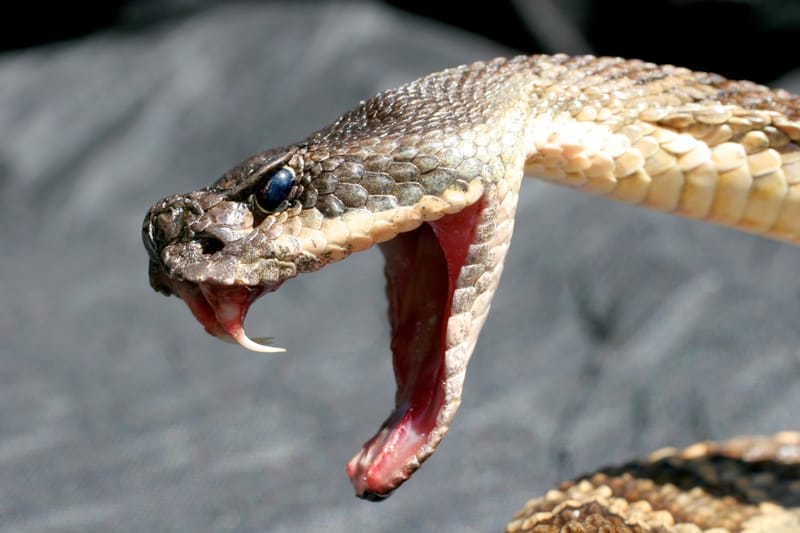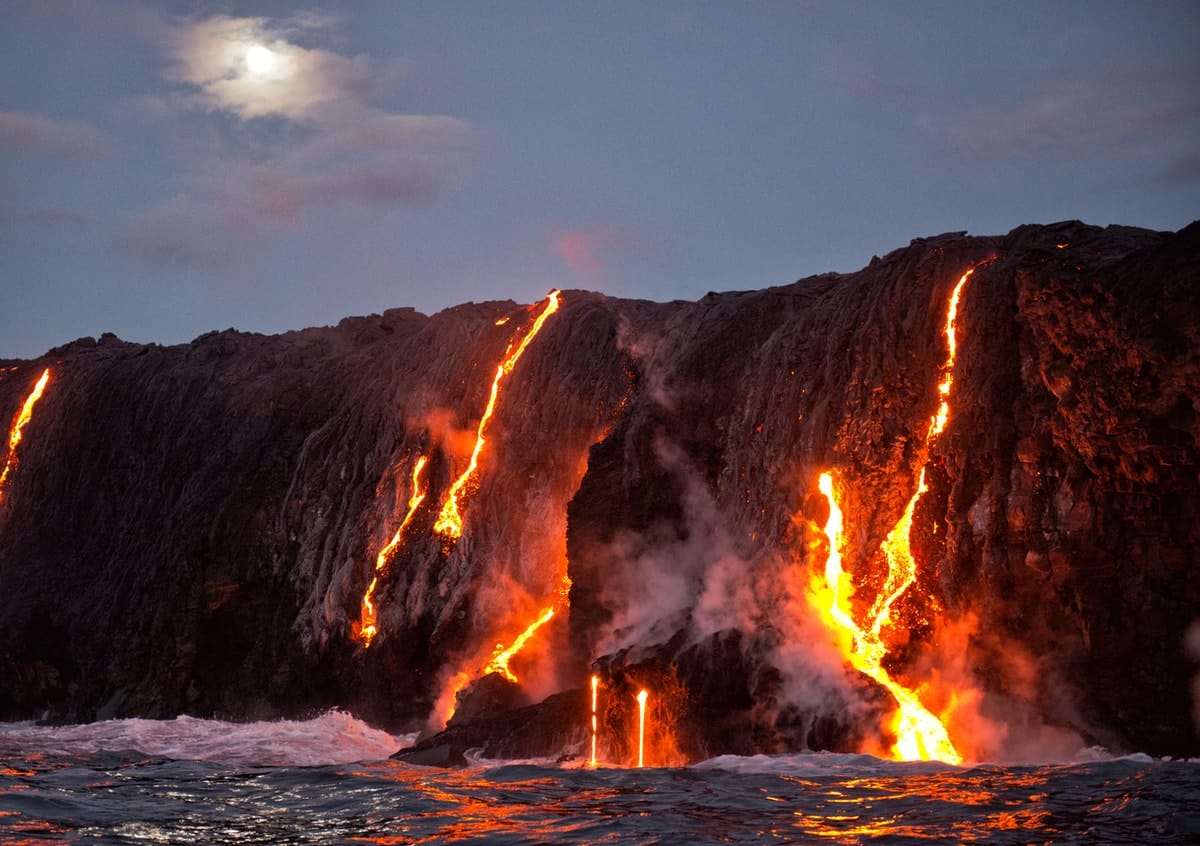
For 35 years, Hawai’i Island’s Kilauea volcano erupted almost continually. Then, in 2018, lava spurted from dozens of eruptions far below the summit, flooding the land below, where almost 2000 residents were evacuated.
They were right to go. The lava boiled Green Lake, the largest freshwater lake in Hawaii, causing it to disappear. It smothered 716 dwellings near the coast. And it filled Kapoho Bay, creating 2.1 square kilometres of new land.
Sam Thiele recently took part in research that examined how magma moves inside volcanoes. He hopes the findings will make it possible to predict more accurately where magma is likely to escape to the surface. This will help humans who live near them.
Kilauea’s eruption “was incredibly well-predicted”, he says, but was not adequately planned for. By 2018, lava could not pour from the summit, because it was plugged with magma – so it escaped from the side of the volcano instead.
“Many volcanoes are enormous,” he says. “At Kilauea, the eruptions were many tens of kilometres away from the actual summit and the main active complexes of the volcano.”
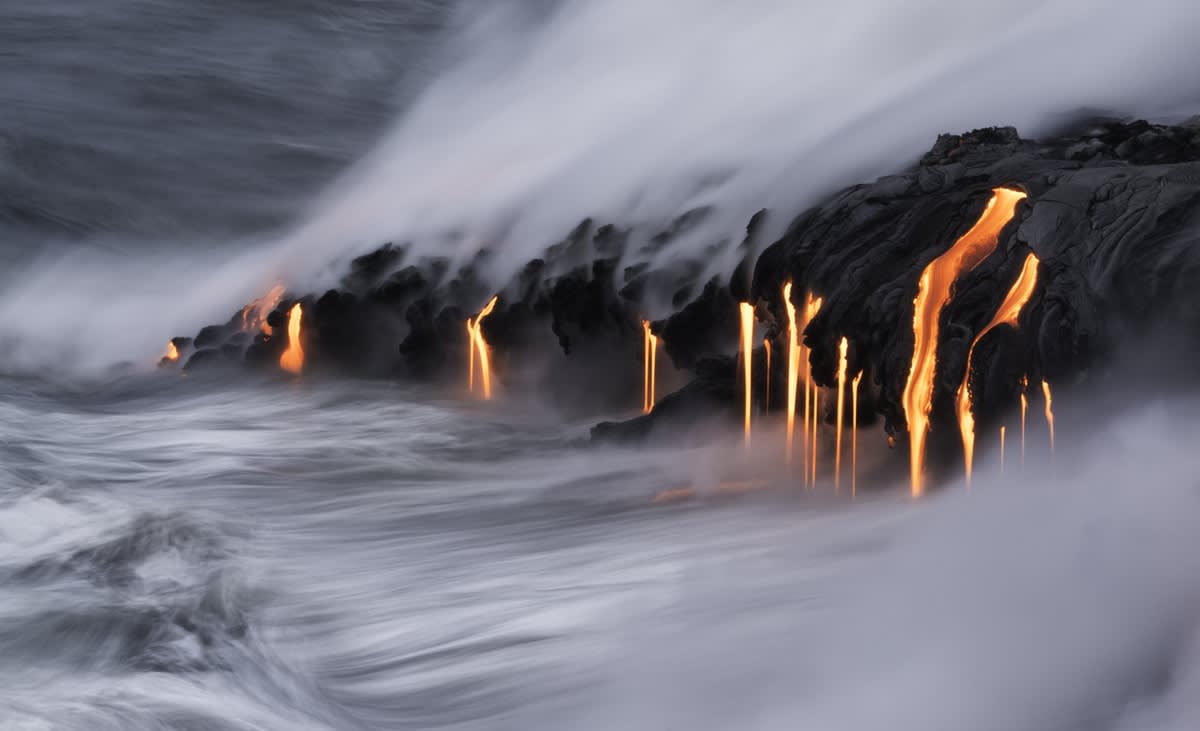
Dr Thiele’s research took place on the island of La Palma, one of the Canary Islands in the Atlantic. La Palma contains an active volcano in the south – Cumbre Vieja – and an extinct volcano, Volcán Taburiente, in the north.
Volcán Taburiente “underwent an enormous edifice collapse” about half a million years ago, Dr Thiele says. “It's almost like someone took a knife and cut this volcano in half for us so we could have a look at the inside. It is quite special.”
Drones track magma movement
With the help of drones, the research team measured the thousands of cracks, known as dykes, through which magma moved inside the volcano when it was active.
By measuring the width of the dykes, the researchers were able to estimate how the forces within the volcano slowly built up over time, causing Volcán Taburiente to become stressed, and less stable.
“This is one of the first studies to look at the long-term effects of magma movement within a volcano,” said study co-author Professor Sandy Cruden.
“We found that volcanoes gradually become ‘stressed’ by repeated movement of this magma, potentially destabilising the whole volcano, influencing future collapses and eruptions” he said.
Volcanoes are at their most dangerous when they collapse. The collapse can trigger tsunamis or pyroclastic flows – fast-moving torrents of hot gas and volcanic matter.
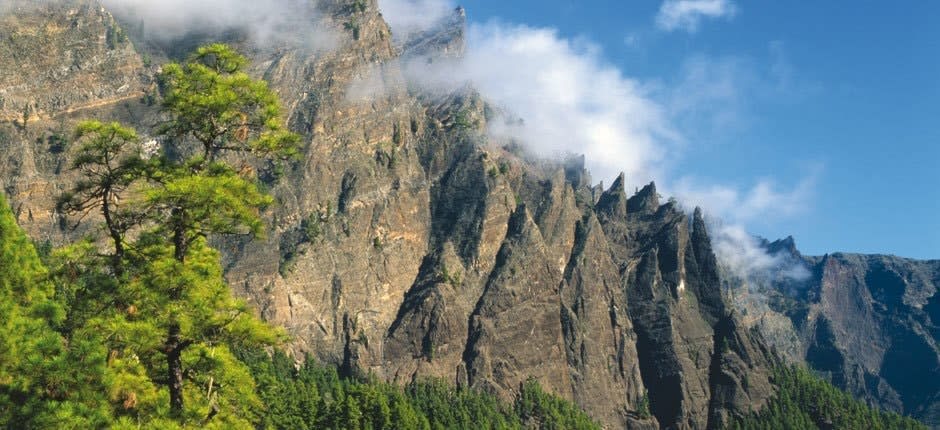
In 1883, the volcanic island of Krakatau in Indonesia erupted and collapsed, triggering a devastating tsunami that killed more than 36,000 people. The explosion was so loud that it was heard as far away as Perth, and remains one of the loudest sounds in recorded history.
After 1883, Krakatoa partially re-grew to form a small island called Anak Krakatau. Sadly, a large part of that collapsed into the sea in December 2018, triggering another deadly tsunami and further highlighting the risks posed by unstable volcanoes.
“Understanding the processes that go on inside all volcanoes is really important,” Dr Thiele says. “We’re actually getting quite good at predicting eruptions in the short term, largely because most dangerous volcanoes are covered in arrays of seismometers that, like microphones, listen to the sounds that magma makes as it moves inside the volcano,” he says.
Predicting eruptions is challenging
But predicting what the magma will do, and where and when the eruption will take place, is more challenging.
“Sometimes the seismicity suggests that magma is on the move, and someone needs to decide whether an eruption is imminent, or whether the volcano’s just rumbling a little bit. And that’s a very difficult decision,” he says.
In 1984, for example, the Campi Felgrei volcanic region, near Naples, “started to rumble”, triggering the evacuation of 40,000 people – but no eruption took place.
Another celebrated Italian volcano, Mount Etna, on the island of Sicily, is a similar type of volcano to Volcán Taburiente on La Palma. “It’s also basaltic, so it has quite runny lava flows; they’re quite hot and quite dense,” Dr Thiele says. “And it’s also unstable. Part of Mount Etna is slowly but surely shifting towards the sea to make space for all of these dykes that transport the magma. It’s nothing to panic about – it’s a very important process when it comes to understanding how the volcano works.”
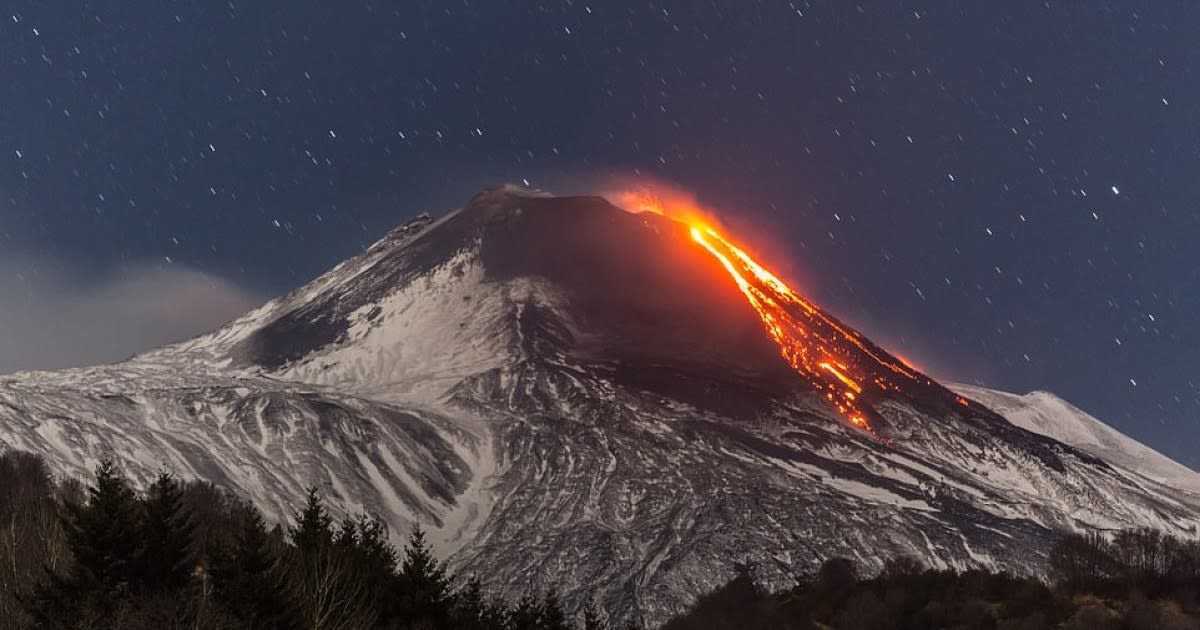
On some volcanoes, including Taburiente, these instabilities sometimes reach a critical point where “you get unimaginably huge landslides”, he says. “And that’s one of the things that we’re trying to figure out – how do you reach a state where a volcano can be this unstable?”
“Volcanoes are a planning problem,” Dr Thiele says. Population pressures in Latin America and throughout Southeast Asia “mean that infrastructure and farms and houses are increasingly being built closer and closer to volcanoes”.
A better understanding of what types of eruptions volcanoes are likely to have “can prevent volcanic risks before you even have an eruption”, he says.
A fertile field
He became interested in volcanoes after backpacking through South America. “I saw how interesting and complicated the geology of the volcanoes is, but also how amazing people’s interactions with them are.
“People tend to think of volcanoes as a bad thing. The people who live near volcanoes are aware of the risks, but also reap many of the rewards. Volcanoes tend to produce incredibly rich soils. I spent a while in Mexico working on a volcano there, which was erupting – just small eruptions – 30 or 40 times a day. And this would spread ash all over hundreds of kilometres around this volcano. It is a brilliant fertiliser.”
Dr Sam Thiele investigated Volcán Taburiente as part of his PhD. He’s a recent PhD graduate from the Monash University School of Earth, Atmosphere and Environment, and is now conducting post-doctoral research in Germany, where he continues to research volcanoes and drone-mapping technologies.



